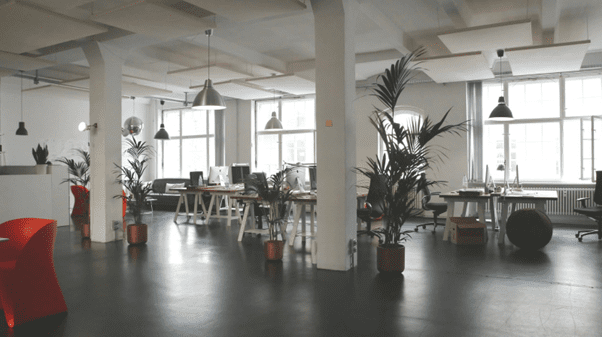Self-healing concrete is defined as the ability of concrete to repair its cracks autogenously or autonomously, while cracks in concrete are a common phenomenon due to their relatively low tensile strength, it is also called self-repairing concrete.
It is an artificial or synthetically made material with an inherent ability to repair damage on its own, without any external diagnosis or human intervention.
Here we will learn about self-healing concrete, advantages & disadvantages of self-healing concrete.
Introduction to Self healing concrete:
Self-healing concrete is often known as “Bio Concrete” or “Bacterial Concrete”, it is specifically designed to increase the durability of concrete structure by self-healing action of that concrete.
This concrete was invented by a group of microbiology researchers under the Henk Jonkers, while in most conventional concrete mixtures, 20–30% of cement is left un-hydrated.
If cracking of concrete occurs unreacted cement, grains may become exposed with moisture entering the crack and the hydration process can resume and the hydration products can fill and fix the crack.
Objectives of self healing concrete:
- To heal cracks by bacterial precipitation.
- To investigate the effect of bacillus species bacteria in gaining strength.
- Enhancing the durability and compressive strength of concrete.
- Efficient use of bio concrete in the marine structure.
- The formation of cracks in concrete structures is unavoidable because of the deterioration of its service life, various loads and non-load components.
- The cracked area may be difficult to access and may need to be rebuilt.
- It is an eco-friendly technique, which can be used to prevent metals from deteriorating.
Advantages of Self healing concrete:
- This concrete has comparatively much lower permeability, greater durability, and stress carrying capacity than conventional concrete.
- It can be applied to existing buildings in the form of spray which can reduce the overall repair and maintenance costs of the buildings.
- This is an environmentally friendly technique because the carbon dioxide produced is prevented due to the low use of concrete.
- SHC is a more effective shock absorber that protects during earthquakes because it has a polymer membrane on its surface.
- It can operate at internal levels which means that the smallest cracks can be reached.
- Un-hydrated cement that does not contribute to strong participation can be used.
- These types of concrete help to fill the crack.
- Improvement in the compressive strength of concrete.
- Better resistance to freeze-melting attack reduction.
- It reduces the permeability of concrete.
- Corrosion reduction of reinforced concrete.
- Also, helps to reduce maintenance and repair.
Disadvantages of self healing concrete:
- The cost of self-healing concrete is double that of conventional concrete.
- The growth of any bacteria is not good in any atmosphere media.
- Calcite precipitation investigations are expensive.
- Skilled labor is required.
- In this reaction mechanism, the 2 ammonium ions are generated simultaneously for every carbonate ion, which can lead to extreme environmental nitrogen load.
- The matrix of concrete changes and reduces the amount of mixing thus reducing the strength of the concrete.
- Power boost is a fairly slow process.
Applications of Self healing concrete:
- It can be actively used in the case of roads to reduce traffic jams.
- Also used by the oil and gas industries, preventing small cracks from spreading.
- It can be used to strengthen both existing and new types of structural building.
- It is effective in areas where buildings undergo freezing and thawing.
- This can prove to be economical in the case of irrigation works, dams that are directly in contact with water.
- This concrete can be used for sectors such as tunnel-linings, structural basement walls, highways, bridges, concrete floors, and marine structures.
- It is a new technology that can give way to sustainable roads.
- In high strength buildings with more bearing capacity.
Also read: Pervious Concrete, Hardened Concrete & Autoclaved Aerated Concrete
Conclusion:
A self-healing concrete has the capability to increase the durability of various building materials, giving them higher strength with greater bearing capacity and extending the building life.










Useful